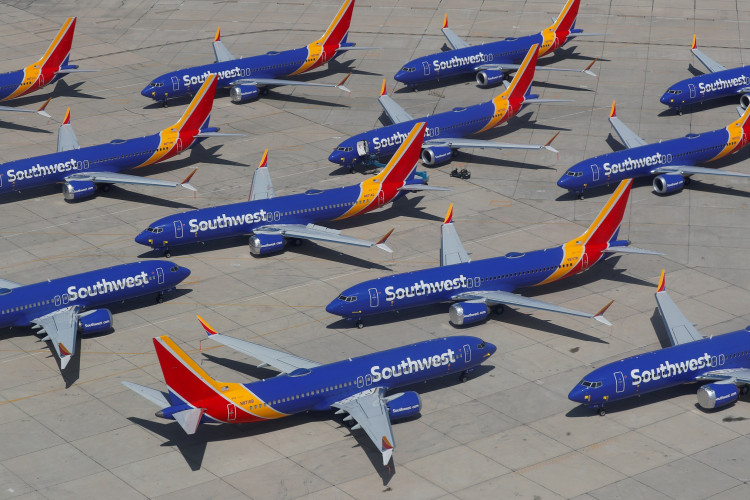The U.S. Federal Aviation Administration (FAA) has issued a directive for airlines operating Boeing 737-900ER jets to inspect door plugs, ensuring they are properly secured. This heightened scrutiny comes in the wake of alarming incidents involving Boeing aircraft, most notably the January 5 mid-air panel blowout on an Alaska Airlines MAX 9 jet. The incident, which left a gaping hole in the aircraft, has thrust Boeing's manufacturing processes and quality control measures into the spotlight.
The FAA's decision to ground 171 Boeing 737 MAX 9 planes following the Alaska Airlines incident underscores the seriousness with which the regulator is treating these safety concerns. The agency's "Safety Alert for Operators" reflects reports from some airlines of issues with bolts on the 737-900ER mid-exit door plugs upon inspection. The 737-900ER, an older model than the MAX 9 but sharing the same optional door plug design, is widely used in commercial aviation, with 490 jets in service.
A Boeing spokesperson responded to the FAA's actions, stating, "We fully support the FAA and our customers in this action." Airlines such as Alaska and United, the only two U.S. carriers that use the MAX 9, have reported finding loose parts on multiple grounded MAX 9 aircraft during preliminary checks. These discoveries have led to thousands of flight cancellations this month, with United extending cancellations at least through Friday.
The FAA's recommendations involve performing key aspects of a fuselage plug assembly maintenance procedure related to the securing bolts. This proactive step is aimed at preventing the kind of rapid declines in aircraft integrity that could endanger passenger safety. The directive also illustrates the complexity of maintaining older aircraft models like the 737-900ER, which have been in service for many years.
Internationally, the issue has broader implications, as U.S. carriers operate the majority of 737-900ERs with door plugs. Airlines worldwide, including Korean Air, have planned to conduct additional inspections and expect to complete them within 30 days without any schedule disruptions.
The ongoing investigations and heightened regulatory oversight reflect a concerted effort by the FAA to ensure the safety and integrity of Boeing's aircraft. This comes amidst Boeing's own efforts to contain the damage and review its internal processes. The FAA's commitment to safety is further underscored by the ongoing review of data from initial inspections of 40 Boeing 737 MAX 9 jets, a critical step toward lifting the model's grounding.
In the current climate, where airline safety is paramount, such regulatory actions are vital in maintaining public trust in air travel. The FAA's steps, while disruptive in the short term, are essential for the long-term safety and reliability of the aviation industry, particularly as it navigates the challenges of maintaining an aging fleet alongside newer models.






